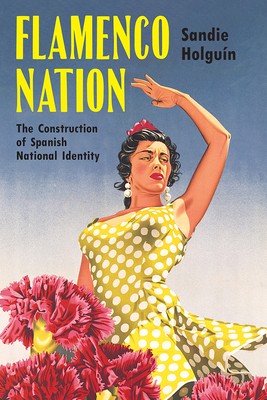
- We will send in 10–14 business days.
- Author: Sandie HolguÃn
- Publisher: University of Wisconsin Press
- ISBN-10: 0299321800
- ISBN-13: 9780299321802
- Format: 15.2 x 22.9 x 2.2 cm, hardcover
- Language: English
- SAVE -10% with code: EXTRA
Reviews
Description
How did flamenco--a song and dance form associated with both a despised ethnic minority in Spain and a region frequently derided by Spaniards--become so inexorably tied to the country's culture? Sandie HolguÃn focuses on the history of the form and how reactions to the performances transformed from disgust to reverance over the course of two centuries.
HolguÃn brings forth an important interplay between regional nationalists and image makers actively involved in building a tourist industry. Soon they realized flamenco performances could be turned into a folkloric attraction that could stimulate the economy. Tourists and Spaniards alike began to cultivate flamenco as a representation of the country's national identity. This study reveals not only how Spain designed and promoted its own symbol but also how this cultural form took on a life of its own.
EXTRA 10 % discount with code: EXTRA
The promotion ends in 17d.02:25:01
The discount code is valid when purchasing from 10 €. Discounts do not stack.
- Author: Sandie HolguÃn
- Publisher: University of Wisconsin Press
- ISBN-10: 0299321800
- ISBN-13: 9780299321802
- Format: 15.2 x 22.9 x 2.2 cm, hardcover
- Language: English English
How did flamenco--a song and dance form associated with both a despised ethnic minority in Spain and a region frequently derided by Spaniards--become so inexorably tied to the country's culture? Sandie HolguÃn focuses on the history of the form and how reactions to the performances transformed from disgust to reverance over the course of two centuries.
HolguÃn brings forth an important interplay between regional nationalists and image makers actively involved in building a tourist industry. Soon they realized flamenco performances could be turned into a folkloric attraction that could stimulate the economy. Tourists and Spaniards alike began to cultivate flamenco as a representation of the country's national identity. This study reveals not only how Spain designed and promoted its own symbol but also how this cultural form took on a life of its own.


Reviews